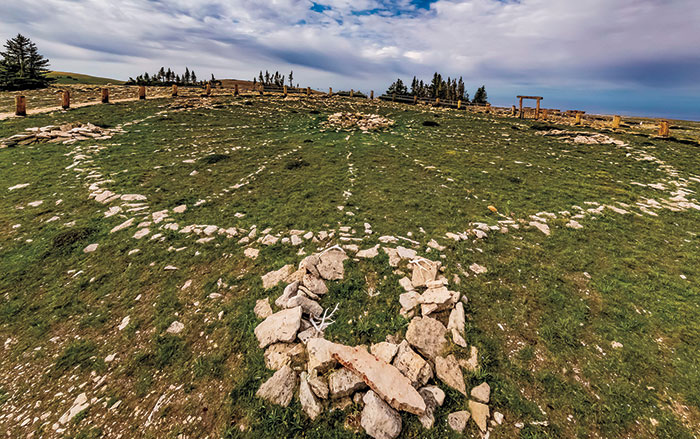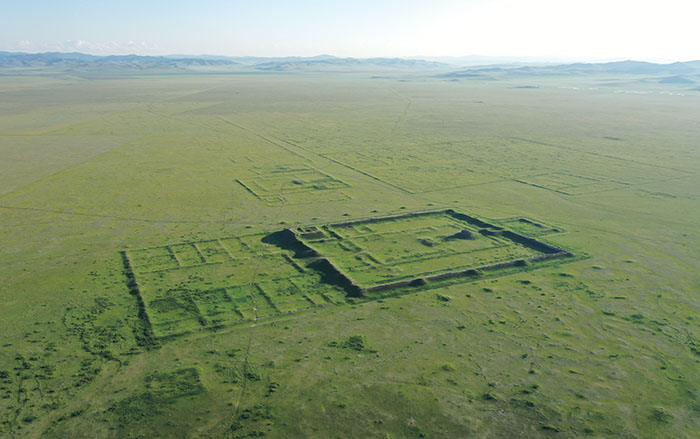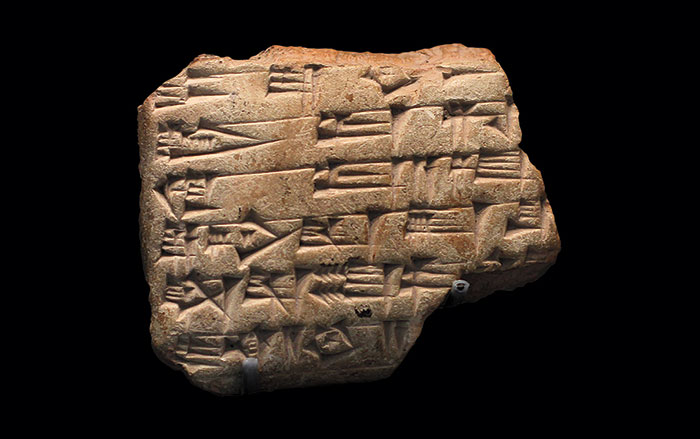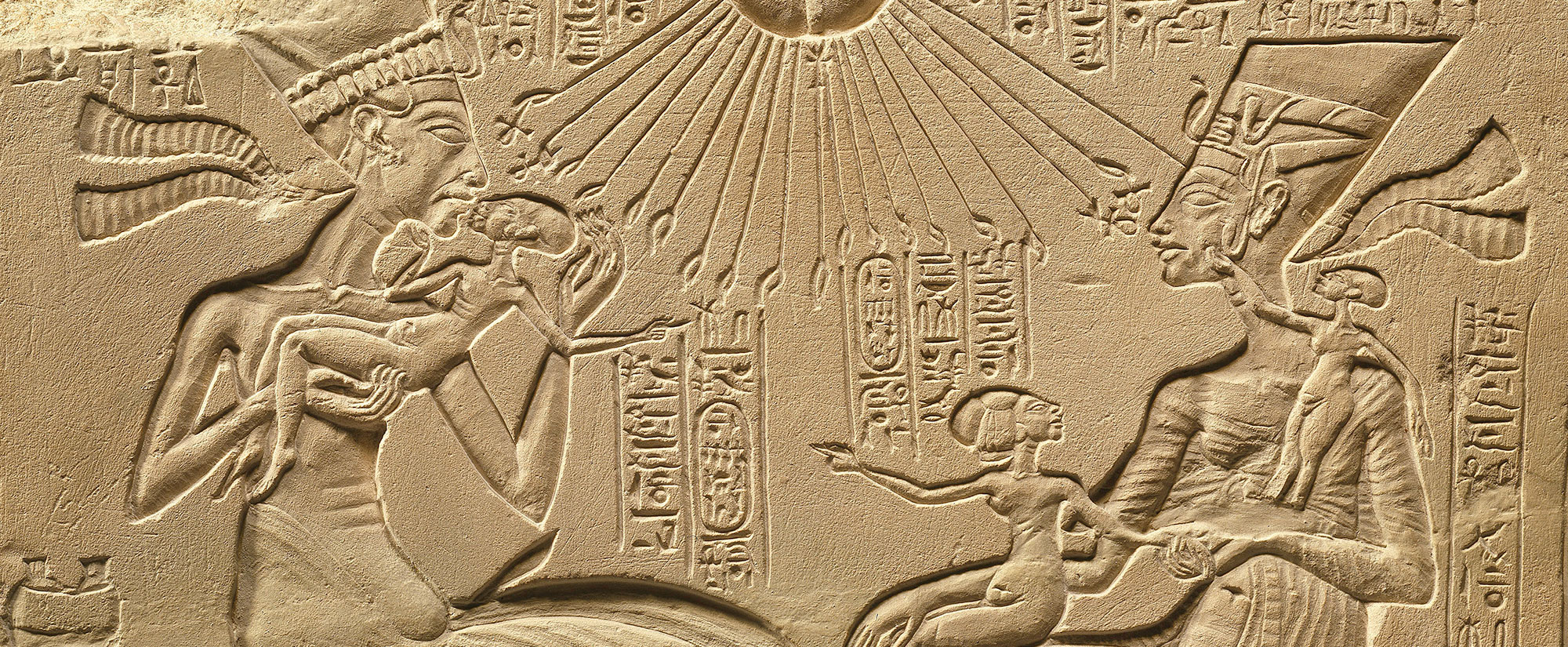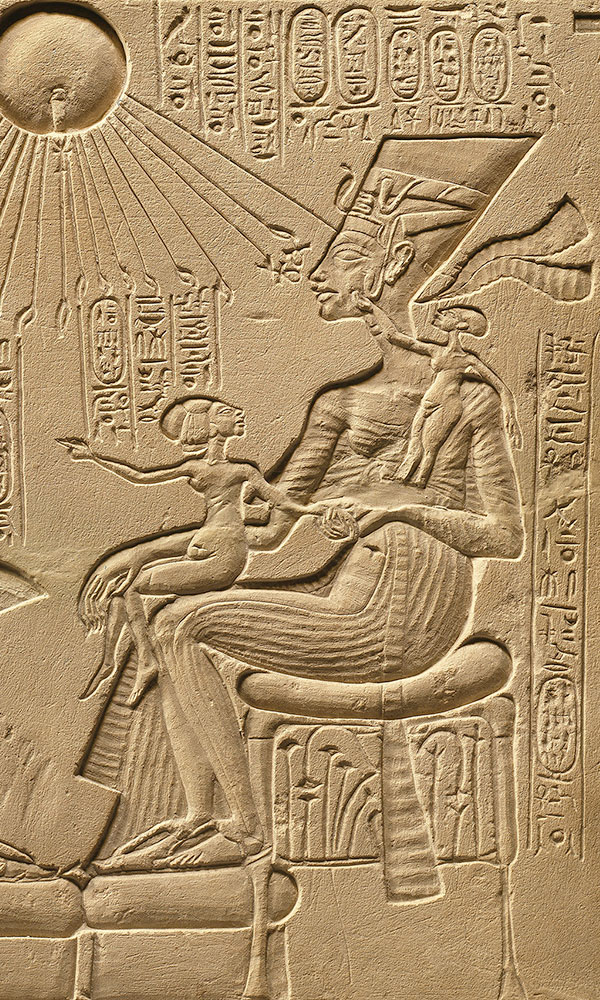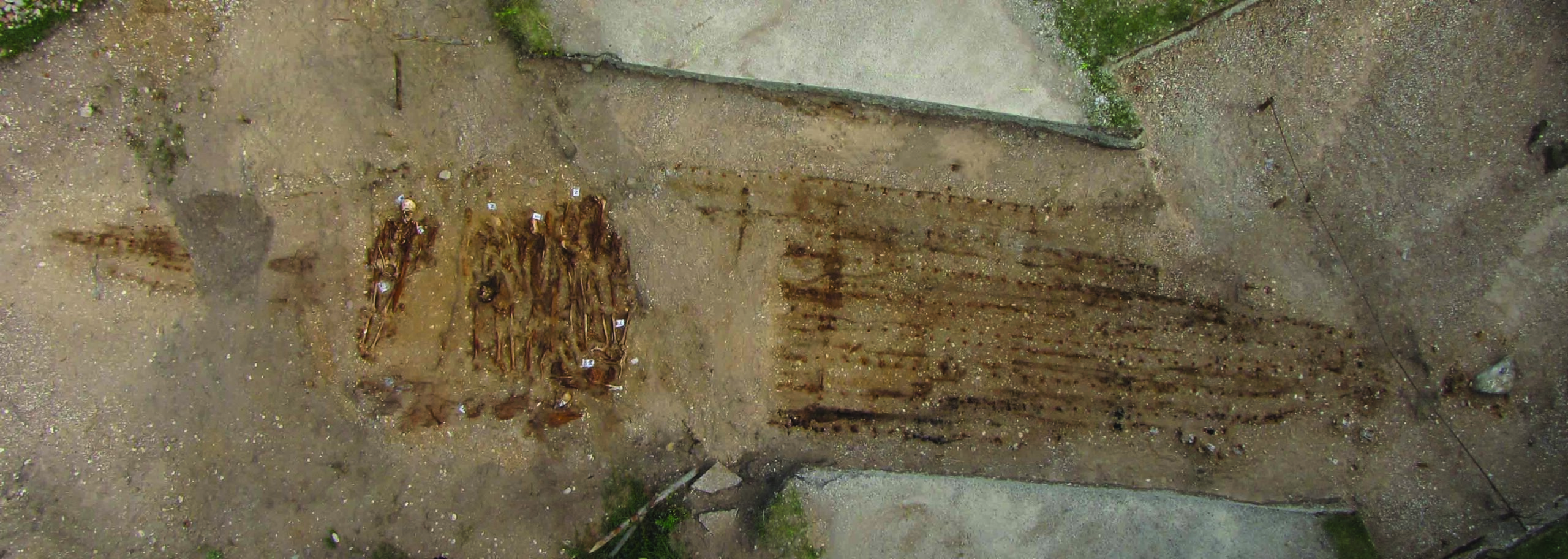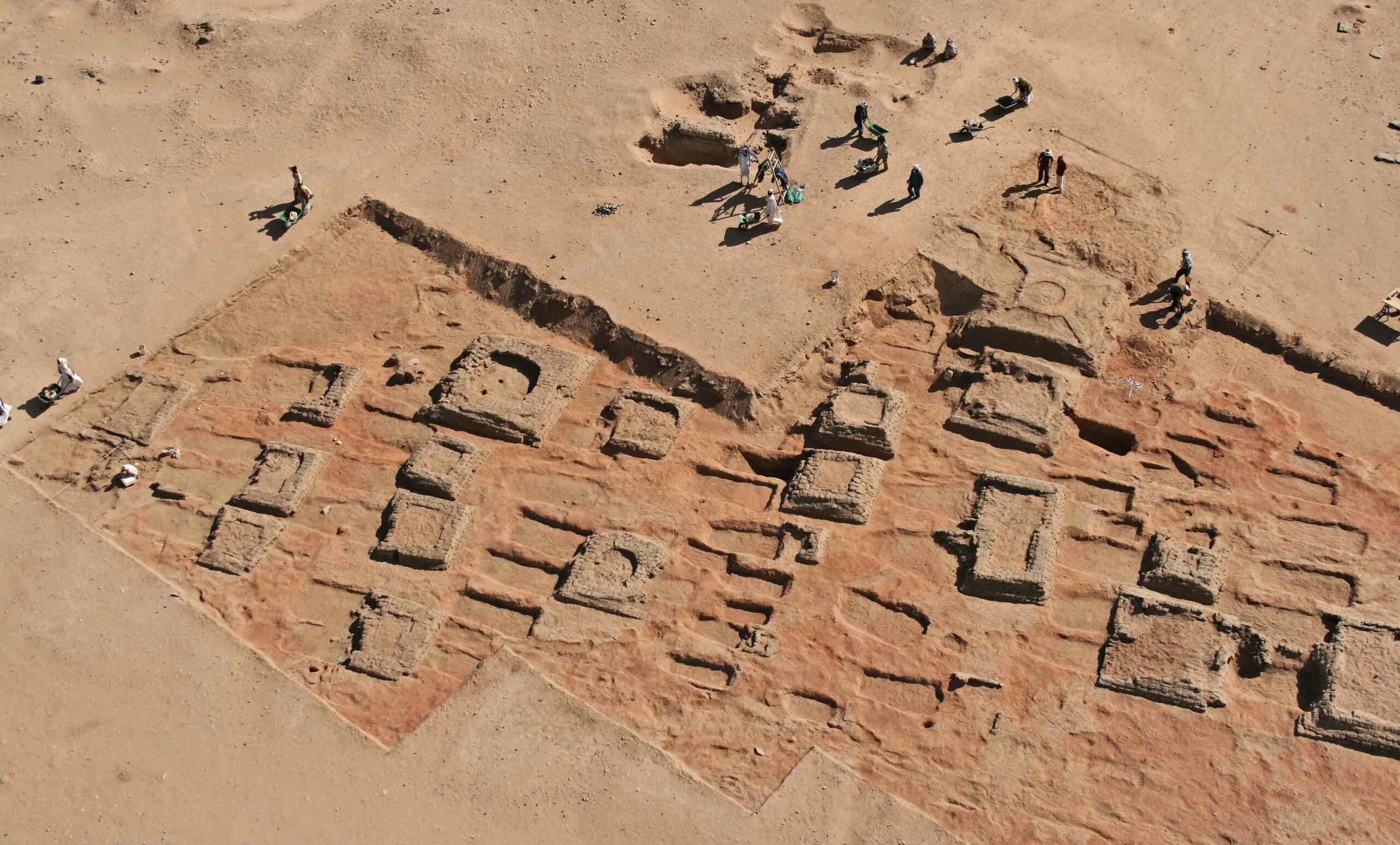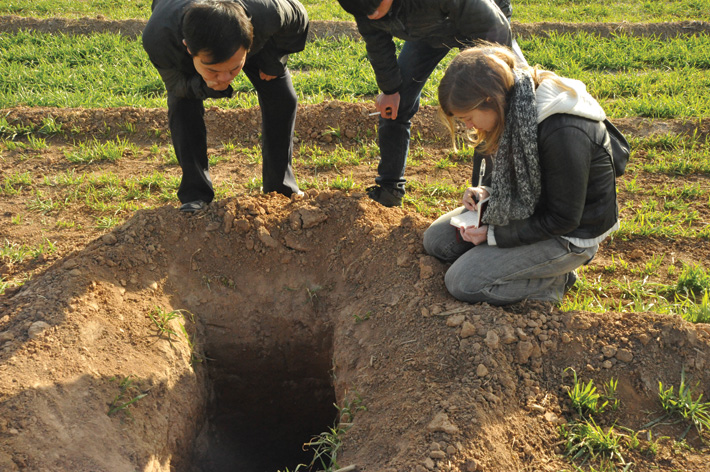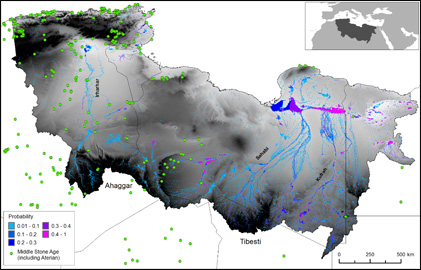
YORKSHIRE, ENGLAND—A team of researchers led by Tom Coulthard of the University of Hull has used a state-of-the-art computer modeling system to reconstruct three river systems that crossed the Sahara Desert some 125,000 years ago. Green corridors along the rivers would have made it possible for early humans to migrate north. “In particular, our simulations have identified one river that appears to be the most likely route for human migration. The Irharhar River linked mountain areas experiencing monsoonal climates to temperate Mediterranean environments were food and resources would have been abundant. Moreover, the high number of Middle Stone Age archaeological sites that are concentrated around this region provide further evidence that this river was especially important,” Coulthard said.


